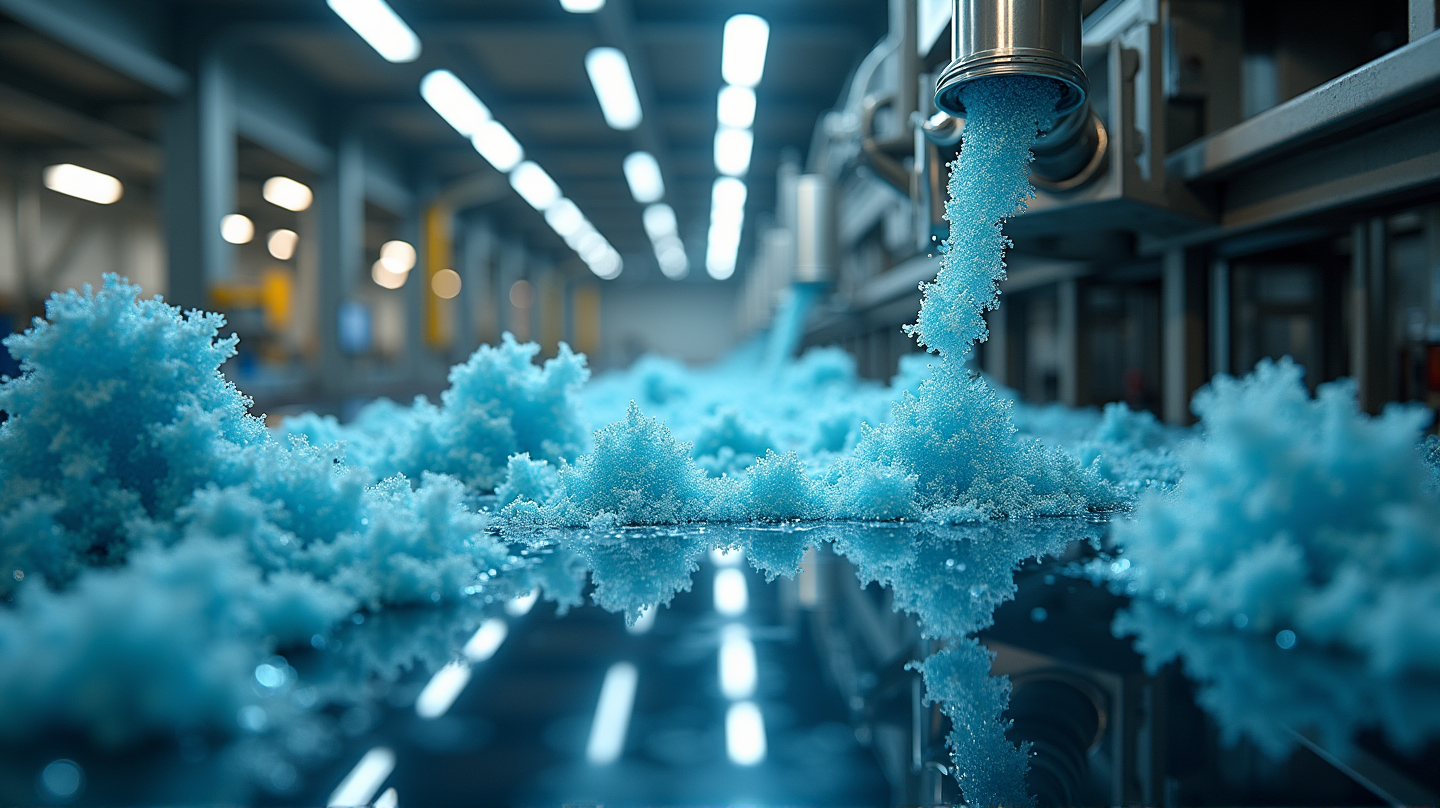CO2-Based Plastics: Revolutionizing Industries with Innovation and Growth
Discover how CO2-based plastics are reshaping packaging, automotive, and more, with efficient processes and global expansion opportunities.

An Overview of CO2-Based Plastics Market Dynamics
The world’s leading industries are continuously evolving with the advancements in CO2-based plastics. As the need for sustainable solutions escalates, various sectors such as packaging, automotive, construction, electronics, and textiles are increasingly being influenced by these innovative materials. According to GlobeNewswire, CO2-based plastics are not just an eco-friendly choice, but a potent mechanism to drive both market growth and technological innovation.
Unpacking the Potential of CO2-Based Plastics
With key opportunities lying in the development of efficient processes like electrochemistry, microbial synthesis, and thermocatalysis, CO2-based plastics promise vast expansion, particularly in North America, Europe, and the Asia-Pacific regions. The potential for these markets is highlighted by an estimated value of \(0.39 billion in 2025 with a forecasted growth to \)1.7 billion by 2030. Such numbers portray a compelling narrative of rapid development and adoption.
Strategic Industry Initiatives
Industry giants like Asahi Kasei Corp, Avantium, and LG Chem are at the forefront of exploring new horizons by adopting CO2-based plastics technology. These companies are focusing on leveraging these materials for new applications, enhancing their portfolios, and meeting net-zero commitments. The strategic alliances and mergers within the sector are also indicative of a concerted effort towards integrating this sustainable option more broadly.
Addressing Market Opportunities and Challenges
As with any innovative venture, the CO2-based plastics market comes with its own set of challenges. These include high initial investments and performance limitations. However, opportunities abound with potential partnerships and collaborations, particularly in the textile industry, a field ripe for exploration and growth. The balance between recognizing these challenges and exploiting the opportunities could dictate the future landscape for stakeholders.
Innovations and Emerging Technologies
The evolution of technologies allowing the production of biodegradable plastics from CO2 emissions marks a pivotal advancement. From carbon capture innovations to the development of Volta technology, these breakthroughs not only expand the capabilities of CO2-based materials but also reinforce their viability as a long-term sustainable solution.
Future Outlook and Conclusion
As more companies dive into the realm of CO2-based plastics, the landscape of industries like packaging and automotive is anticipated to transform significantly. The rise in demand accompanies an estimated compound annual growth rate of 27.8%, positioning CO2-based plastics as a cornerstone of future industrial development. The future promises a greater alignment of environmental goals with economic agendas, potentially redefining the essence of modern manufacturing and consumption.
In summary, as these advancements continue to unfold, CO2-based plastics not only offer a sustainable solution but also a revolutionary approach to addressing some of the most pressing industrial challenges of our times.